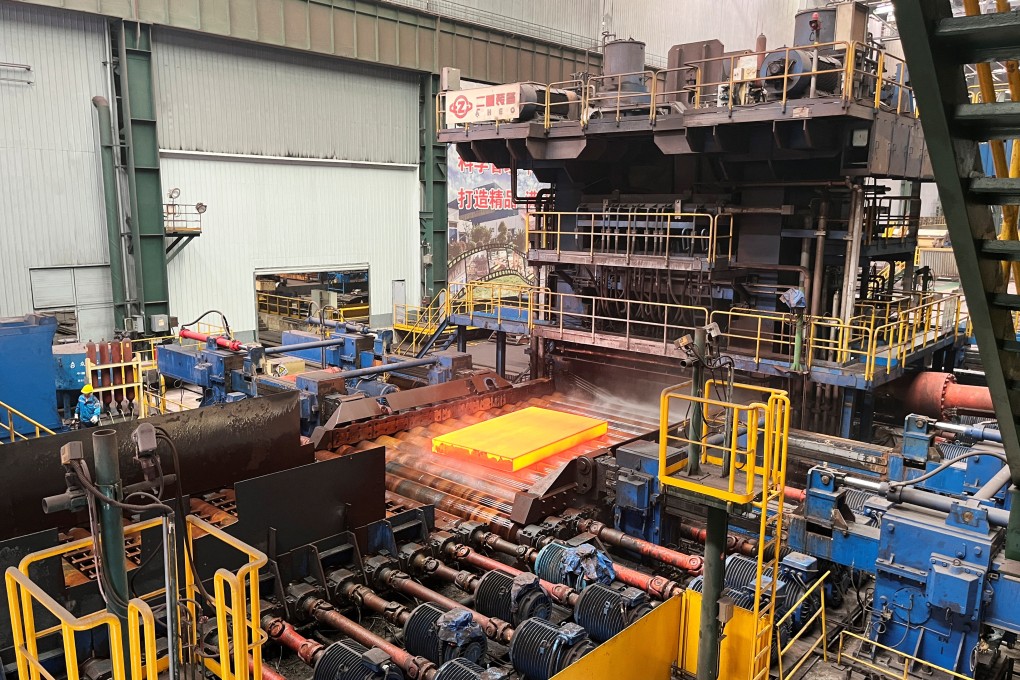Advertisement
Opinion | How China’s steel mills are turning to new bonds to fund their green transition and net-zero goals
- Trillions of dollars are needed for Chinese steel mills to transition, amid rising cost pressures and tighter bank loans
- Other than green bonds, mills are also turning to sustainability bonds and ‘transition bonds’ for projects that green bonds cannot finance
Reading Time:3 minutes
Why you can trust SCMP
1

China is the world’s biggest producer of steel, an industry that is not only one of the most polluting in the country, but also a major energy consumer and carbon emitter globally.
Advertisement
In China, the industry accounts for about 11 per cent of its energy consumption and 15 per cent of its carbon emissions. Every tonne of crude steel produced in China, which accounts for more than half the world’s output, also produces nearly 2 tonnes of carbon dioxide – a carbon emission intensity second only to India’s.
China’s massive production share and high carbon emission intensity mean its steel production has a big impact on reducing carbon emissions globally. Decarbonisation actions by China’s steel companies are crucial, not only to achieving the country’s carbon peaking and carbon neutrality (“dual carbon”) goals, but also to accelerate global efforts to mitigate the climate crisis.
Although China’s crude steel output has been falling – by 3 per cent in 2021 and a further 2.1 per cent last year – only about a tenth of it is produced by the more environmentally friendly electric arc furnaces.
Nearly 90 per cent is produced using coal-burning blast furnaces – coal is burned to strip oxygen from the iron ore – and this process generates substantial carbon emissions. This is a key reason for the high carbon emission intensity in China’s steel industry.
Advertisement
To significantly cut carbon emission intensity, Chinese steel companies must prioritise green steel production technology and improve their energy use efficiency – which will require considerable financing. Studies estimate that China’s steel industry needs to invest almost 3.5 trillion yuan (US$485 billion) before its carbon emissions can peak, and around 20 trillion yuan to achieve carbon neutrality.

Advertisement
